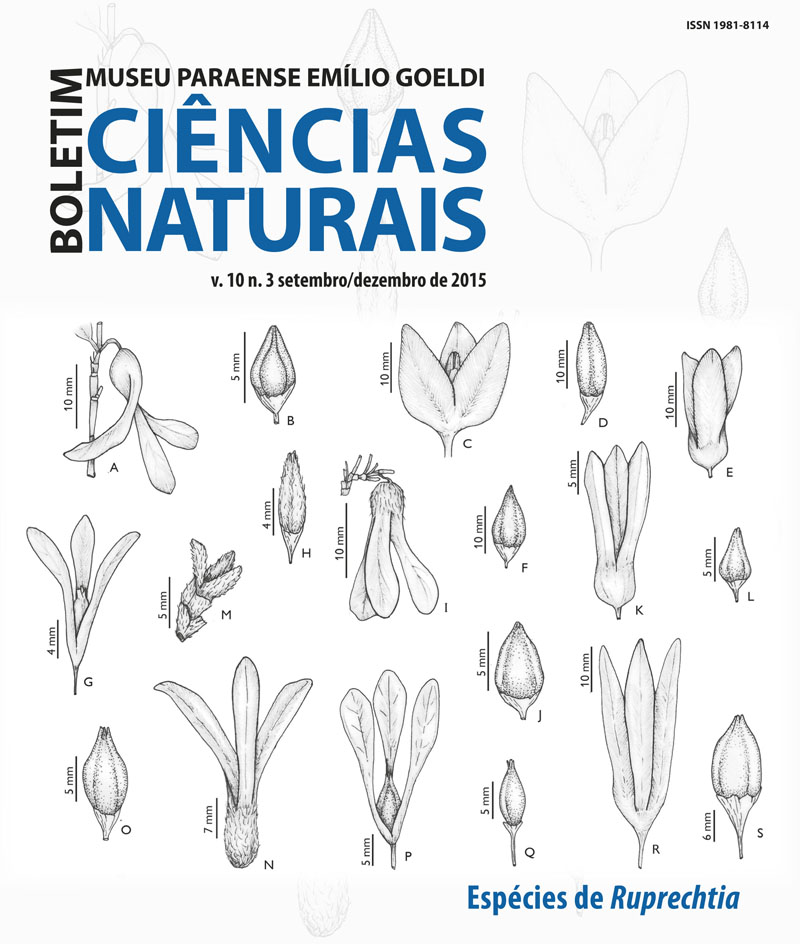Intrusive rocks in the Castelo dos Sonhos Formation, Amazon Craton: petrography, geochronology, geochemistry and implications for sedimentation and mineralization ages in the Castelo de Sonhos gold deposit
DOI:
https://doi.org/10.46357/bcnaturais.v10i3.472Keywords:
Amazonian Craton, Castelo dos Sonhos Formation, U-Pb geochronology, Geochemistry, Petrography, Intrusive rocksAbstract
Castelo dos Sonhos Formation (CSF) is located next to the boundary between Tapajós and Iriri-Xingu tectonic domains, in southwestern Pará State. It is a siliciclastic metasedimentary sequence (< 2080 Ma), which hosts Castelo de Sonhos modified paleoplacer gold deposit. CSF was intruded by a dacite porphyry, which yielded a zircon U-Pb (LA-ICP-MS) crystallization age of 2011 ± 6 Ma, and by a biotite granodiorite that yielded a zircon U-Pb (SHRIMP) crystallization age of 1976 ± 7 Ma. The crystallization ages of these rocks associate their genesis to different magmatic events that could be temporally associated to some major lithostratigraphic units of Tapajós Domain: Cuiú-Cuiú Complex (2033-2005 Ma), Comandante Arara Formation (2020-2012 Ma) and Creporizão Intrusive Suite (1998-1957 Ma). However, the studied intrusive rocks did not show geochemical patterns directly correspondent to the highlighted units. Nevertheless, the temporal relation between these intrusive rocks and lithostratigraphic units of Tapajós Domain could be considerated an evidence of temporal, spatial and probably stratigraphic relationship between CSF and Tapajós Domain. Based on geochronological data, we also estimate at 2011 ± 6 Ma the minimum sedimentation age of CSF, which also represents the age of the singenetic gold mineralization hosted in it.
Downloads
Published
Issue
Section
License
Publication means fully assigning and transferring all copyrights of the manuscript to the journal. The Liability Statement and
Assignment of Copyrights will be enclosed with the notice of acceptance. All the authors must sign the document and return it to the journal.








